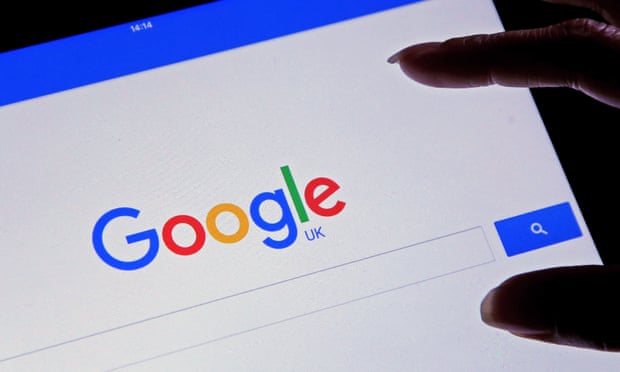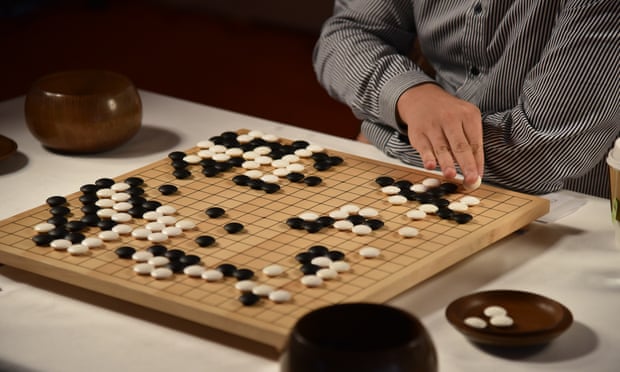If multinationals filed a single EU tax return, EU commissioner Pierre Moscovici believes, it would remove the temptation for them to divert income from one country to another. Photograph: Gareth Fuller/PA
Simon Bowers
@sbowers00
Wednesday 27 January 2016 17.39 GMT Last modified on Wednesday 27 January 2016 22.01 GMT
Share on Pinterest Share on LinkedIn Share on Google+
Shares
21
Comments
53
Save for later
One of the most powerful opponents of Google’s controversial tax structures, European tax commissioner Pierre Moscovici, is expected on Thursday to call on Britain and Ireland to drop their objections to radical tax reform across the EU.
Moscovici, who has previously advocated a Europe-wide “digital tax” on companies such as Google, now wants to tackle aggressive tax avoidance among multinationals by requiring them to file a single European tax return.
Cameron defends Google tax deal in Commons clash with Corbyn
Read more
He believes this reform – known as the common consolidated corporate tax base (CCCTB) – would remove the temptation for international firms to artificially divert income from one country to another. Member states, would still be free to set their own corporate tax rates.
Britain, however, is among a small band of countries fiercely opposed to the European commission’s plans, believing they would weaken the UK’s ability to tailor its tax system to attract jobs and investment from international businesses.
“The CCCTB [proposal] has been around a very long time,” Treasury minister David Gauke said last year. “It is a proposal still looking for a justification.”
Moscovici is due to give an update on other corporate tax reforms in Brussels on Thurday morning, but is expected to use the occasion to insist his CCCTB reforms are far from dead in the water – despite British opposition.
The former French finance minister has a long track record of challenging the tax affairs of internet companies – and Google in particular. Two years ago, he led calls for the G20 to create dedicated tax rules for digital companies, though his efforts were ultimately blocked by American pressure. He has also previously advocated a Europe-wide “digital tax” on internet companies that make money from consumers’ personal data.
France has consistently taken a tougher approach to aggressive tax planning by Google and other digital companies. In 2011, tax inspectors raided the search group’s Paris offices, and ever since have been challenging Google’s claims that its French sales can be legitimately booked in Ireland. French tax officials are said to be seeking £380m in back taxes.
Google tax deal: MPs launch inquiry after criticism of £130m settlement
Read more
Google is next week expected to reveal that its controversial tax structures have boosted its offshore cash reserves to $43bn – up $4bn in 12 months.
Overnight on Tuesday, fellow US tech group Apple, which also uses controversial tax structures to pay less tax in Europe, revealed its offshore cash pile has now reached $200bn – largely held through companies in Ireland. Chief executive Tim Cook boasted Apple now had “the mother of all balance sheets”.
Earlier this month, Moscovici told MEPs that he wanted to make 2016 “the year of tax reform”, with CCCTB at the centre of his plans. “We have a serious problem with tax avoidance and lack of transparency. Too many people have looked the other way”, Moscovici said.
Since unveiling his reforms last summer, the European tax commissioner has been barraged with lobbying submissions. The majority have come from business trade bodies, law firms and multinationals, many based in the UK, Ireland and the Netherlands.
ut Moscovici insists widespread anger among voters at a string of tax scandals will play a vital role in winning round reluctant governments, often subject to lobbying from big business. He has described CCCTB as part of a [global] trend, drawing support from the pressure of public opinion.
Britain, meanwhile, has attempted to tackle Google’s tax avoidance in its own way. Chancellor George Osborne last year introduced a new tax on diverted profits, having promised to put a stop to technology companies such as Google going to what he called “extraordinary lengths to pay little or no tax” in the UK. Of those who used such structures, he said: “you abuse the trust of the British people”.
The stories you need to read, in one handy email
Read more
But last week his crackdown pledge was left in tatters after Google confirmed it had struck a deal with HMRC that effectively allowed it to continue to route £4.6bn of UK sales via an Irish company that pays no tax in Britain. Google’s UK arm – which paid £21m in tax according to its latest accounts – will only be required to pay slightly more to HMRC under the settlement.
Critics have branded it a sweetheart deal, pointing out that the £130m in back taxes, which relates to a 10-year period, is tiny in comparison with the sums mounting up in Google’s coffers in Bermuda.
George Osborne has been vocal in supporting some initiatives on international tax reform, but has confused many tax experts by also slashing the UK tax rate – due to fall to 18% by 2020 – and introducing controversial tax breaks to attract multinationals to invest in Britain.
Google last year stalled its plans for a big new London headquarters in King’s Cross, London, insisting, according to reports, that the design proposals for a building – complete with a rooftop pool – to house 5,000 workers were “boring”. A new architect has since been hired, and fresh plans are now expected.
In 2011, Google increased its workforce in France by half and invested heavily in a new Paris head office near the Saint-Lazare train station amid public anger about its tax payments. One French senator accused the group of running its local business as a “charity”.






